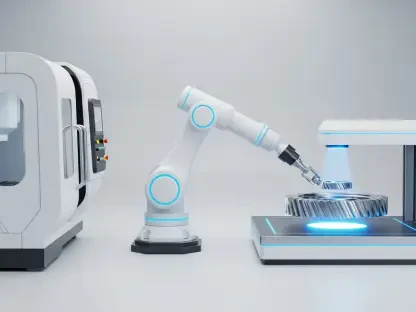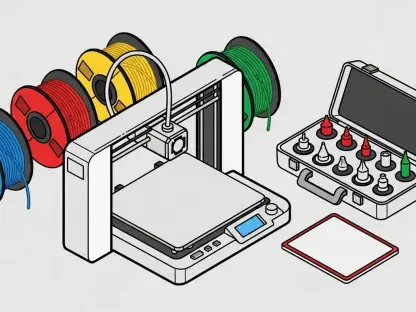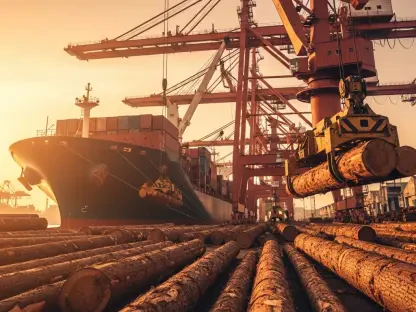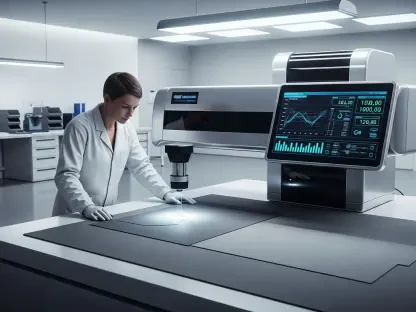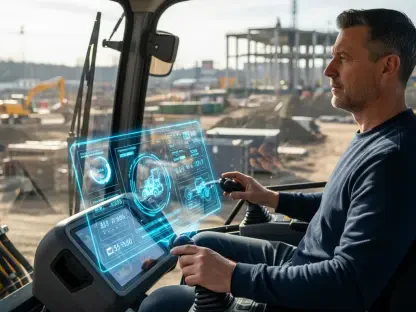The Safest Vehicles to Buy in 2024
Vehicle safety has always been a prime concern for car buyers as they seek to protect themselves and their loved ones while on the road. As we look ahead to 2024, the automotive industry has made significant strides in enhancing safety features and reducing maintenance costs, making modern vehicles safer than ever. From advanced driver-assistance systems to innovative crash-avoidance technologies, the focus on safety is paramount. This comprehensive investigation delves into crash test ratings, cutting-edge features, and ongoing annual maintenance costs, providing consumers with detailed insights to make well-informed decisions.
Advanced Safety Technologies
High-Tech Driver-Assist Systems
One of the most transformative trends in vehicle safety is the integration of advanced driver-assistance systems (ADAS). These technologies, which include features like adaptive cruise control, lane-keeping assistance, and automatic emergency braking, have become standard in many 2024 vehicle models. Adaptive cruise control adjusts the car’s speed to maintain a safe distance from the vehicle ahead, significantly reducing the risk of rear-end collisions. Lane-keeping systems, meanwhile, increase roadway safety by preventing unintentional lane departures, mitigating the risk of accidents due to driver fatigue or distraction.
Automatic emergency braking systems typically operate through cameras, radar, or both to detect an imminent collision and apply the brakes if the driver does not react in time. This technology has proven to reduce the incidence of crashes drastically. Vehicles are also increasingly equipped with blind-spot monitoring systems, which alert drivers to vehicles in their blind spots during lane changes. These advancements demonstrate an industry-wide commitment to enhancing vehicular safety, providing a more secure driving experience for all.
Sophisticated Crash-Avoidance Features
The evolution of crash-avoidance technologies marks another significant leap in vehicle safety. Innovations such as electronic stability control (ESC) and traction control systems (TCS) have become indispensable. ESC helps drivers maintain control by reducing the risk of skidding and rollovers, particularly in poor weather conditions. TCS, on the other hand, prevents wheel spin during acceleration, offering better control and stability, especially on slippery surfaces. These systems collectively reduce the likelihood of accidents, thereby enhancing road safety.
Moreover, the implementation of rearview cameras and parking sensors has made maneuvering in tight spaces safer and more accessible. Rearview cameras provide a clear view of obstacles behind the vehicle, reducing the risk of back-over incidents. Parking sensors use ultrasonic sensors to detect objects around the car and alert the driver through audible beeps or visual cues. Such features have become crucial for urban driving, where parking spaces are often constrained and require precision. The general trend reveals an automotive landscape increasingly equipped with features that actively prevent crashes and promote driver awareness.
Sustaining Reliability and Maintenance Costs
The Importance of Regular Maintenance
While advanced technologies enhance safety, maintaining a vehicle’s condition plays a crucial role in ensuring its reliability and safety. For example, Toyota’s average annual maintenance cost is approximately $441, a modest investment for ensuring long-term safety. Regular maintenance, including timely oil changes, brake inspections, and tire rotations, is fundamental in preventing mechanical failures that could lead to accidents. By adhering to a consistent maintenance schedule, owners can detect and rectify potential issues before they compromise the vehicle’s performance and safety.
Maintenance costs often vary based on the car’s age, mileage, and the environment in which it operates. Vehicles in colder climates, for instance, require more frequent maintenance due to the harsh conditions. Additionally, choosing between authorized dealerships and independent repair shops can significantly impact costs. While dealerships might charge a premium, independent repair shops often provide quality service at lower prices, allowing drivers to allocate savings towards advanced safety features and better insurance coverage. The ability to manage these costs effectively contributes to a safer and more reliable driving experience.
The Growing Auto Repair Industry
The auto repair industry has been projected to grow at a rate of 2.5% annually, driven by the increased complexity and sophistication of modern vehicles. This growth highlights the importance of specialized repair services and trained technicians who can handle the advanced systems found in contemporary cars. With innovations such as predictive maintenance technology, drivers can preemptively address potential issues, ensuring their vehicles remain in peak operating condition. Coupled with enhanced diagnostic tools, these technological advancements streamline maintenance and repair processes.
Manufacturers are also responding to these trends by focusing on improving vehicle durability and reliability. This proactive approach not only mitigates the likelihood of frequent repairs but also enhances overall safety and performance. By designing vehicles that withstand wear and tear better, automakers build consumer confidence and promote sustained safety standards. Ultimately, the confluence of a growing repair industry and advancing vehicle technology bodes well for long-term vehicle reliability and road safety.
Environmental and Longevity Considerations
Car Recycling and End-of-Life Statistics
As car buyers become more environmentally conscious, the sustainability aspect of vehicle safety gains prominence. The recycling and longevity of cars play a crucial role in this context. Brands like Ford and Chevrolet had high percentages of junked cars in 2022, indicating potential reliability issues. In contrast, vehicles known for their longevity often come with better safety records and lower end-of-life statistics, implying a sustainable appeal. These metrics matter to buyers who prioritize not just personal safety but also the environmental impact of their choices.
The automotive industry has been focusing increasingly on producing vehicles with extended lifespans and better recyclability. Efficient recycling practices help mitigate the environmental footprint, while cars designed for longevity reduce the need for frequent replacements. In this regard, selecting brands and models that demonstrate superior end-of-life performance aligns with a broader commitment to sustainability. This consideration is particularly important for buyers seeking vehicles that offer both safety and an environmentally responsible lifecycle.
Aligning Choices with Sustainability
Vehicle safety has always been a top priority for car buyers, who aim to protect themselves and their loved ones while driving. Looking ahead to 2024, the automotive industry has made significant advances in boosting safety features and cutting down on maintenance costs, making today’s vehicles the safest they have ever been. Modern cars now come equipped with advanced driver-assistance systems and innovative crash-avoidance technologies, reflecting an unwavering focus on safety.
This detailed investigation explores various aspects like crash test ratings, state-of-the-art features, and the ongoing maintenance costs that car owners face each year. By providing a thorough examination, it equips consumers with the necessary insights to make well-informed decisions. Whether considering a new or used vehicle, knowing the latest in automotive safety can be crucial. With this knowledge, drivers can choose vehicles that not only meet their needs but also offer the highest levels of protection on the road.



